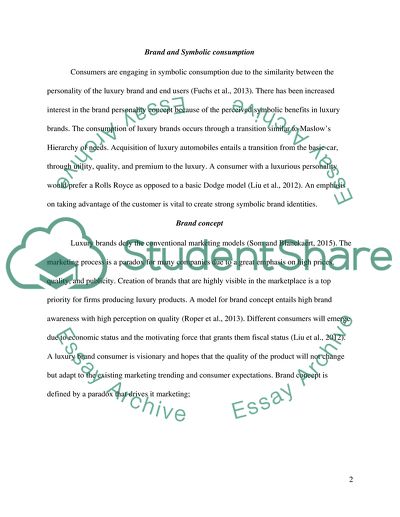Cite this document
(“Luxury Branding and The Online Shopping Environment Essay”, n.d.)
Luxury Branding and The Online Shopping Environment Essay. Retrieved from https://studentshare.org/marketing/1694739-luxury-branding-and-the-online-shopping-environment
Luxury Branding and The Online Shopping Environment Essay. Retrieved from https://studentshare.org/marketing/1694739-luxury-branding-and-the-online-shopping-environment
(Luxury Branding and The Online Shopping Environment Essay)
Luxury Branding and The Online Shopping Environment Essay. https://studentshare.org/marketing/1694739-luxury-branding-and-the-online-shopping-environment.
Luxury Branding and The Online Shopping Environment Essay. https://studentshare.org/marketing/1694739-luxury-branding-and-the-online-shopping-environment.
“Luxury Branding and The Online Shopping Environment Essay”, n.d. https://studentshare.org/marketing/1694739-luxury-branding-and-the-online-shopping-environment.


